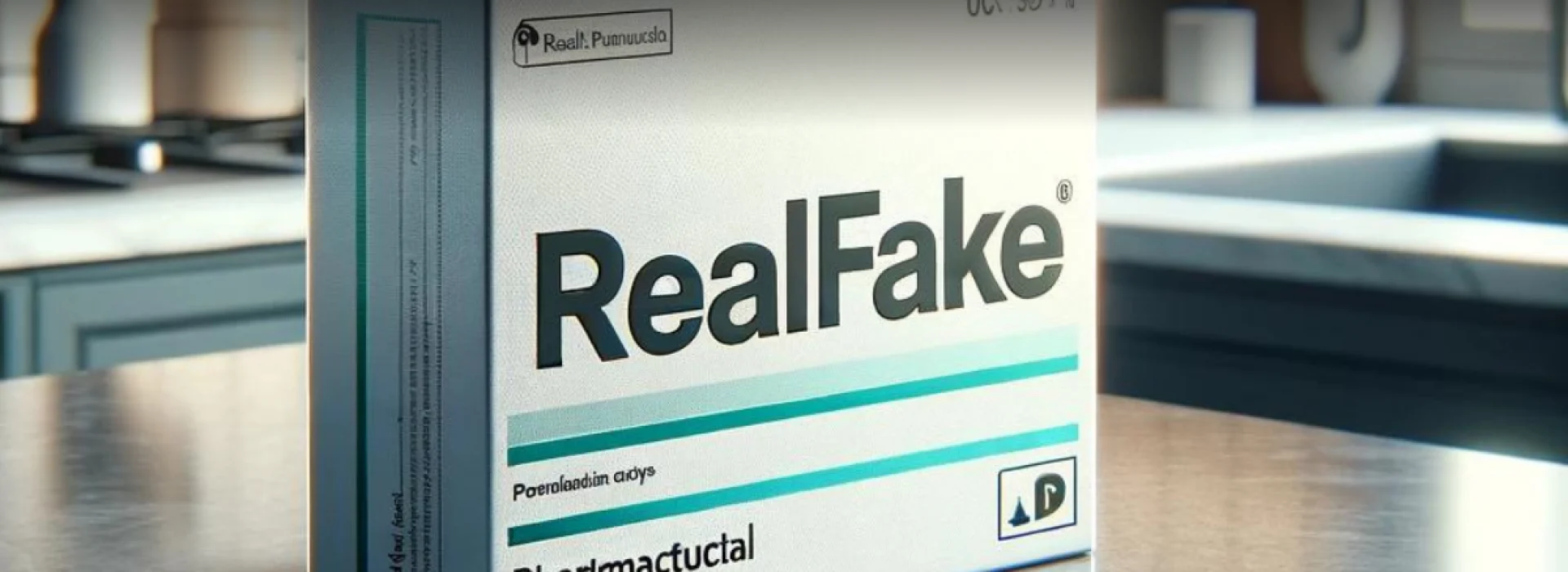In the ever-evolving landscape of global commerce, a silent but escalating battle rages on. The protagonists? Brands, consumers, and regulatory authorities. Their adversary? An increasingly sophisticated network of counterfeiters, whose capabilities have surged with the aid of advanced technologies. This conflict has spread far beyond the realms of luxury fashion, electronics, pharmaceuticals, and a myriad of consumer goods. As we navigate through 2024, it’s evident that the counterfeit market has not only grown in volume but in the finesse of its deceptions.
The Rise of Sophistication
Gone are the days when counterfeit goods were easily spotted, relegated to the shady corners of the internet or the dubious street vendor. Today’s fakes are a different breed altogether, crafted with such precision that they blur the lines between authenticity and imitation. This leap in quality owes much to advancements in technology and manufacturing techniques, which have armed counterfeiters with the tools to mimic legitimate products with alarming accuracy.
The Twin Pillars of Counterfeit Evolution
What has enabled counterfeiters to make such a significant advance? The root of this progression can be traced back to the exploitation of technology and the emergence of artificial intelligence (AI). Firstly, there’s the issue of access to specialized production tools, such as machines for making pills, which were previously available only to verified entities but have now been spotted for sale to the general public on platforms like eBay. Additionally, the illicit access to or mishandling of original print files facilitates the production of highly convincing fakes. Secondly, AI has emerged as a groundbreaking tool in the arsenal of counterfeiters, allowing them to create imitations with an accuracy that was previously deemed impossible. This has led to a remarkable increase in the quality of counterfeit goods, highlighting a quiet yet rapid evolution in the methods of counterfeiting.
Impact on Brands and Consumers
This surge in counterfeit sophistication poses dire consequences for brands and consumers alike. For businesses, the infiltration of fakes not only erodes brand integrity but translates into significant financial hemorrhage. Consumers, on the other hand, face risks that transcend monetary loss. Counterfeit pharmaceuticals may endanger health, fake electronics could flout safety standards, and the list goes on. The stakes are undeniably high, underscoring the urgent need for a robust response.
The Future Battlefront: Anticipating Trends and Preparing Defenses
As counterfeiters grow more adept, the onus is on authorities and industries to stay one step ahead. This means not allowing the technological gap to widen but instead investing in the latest defensive technologies. The battle against counterfeits is not lost; it simply demands a shift in strategy. By leveraging AI and other forward-thinking technologies, we can build a more resilient defense against the counterfeit onslaught.
A Call to Arms: Leveraging AI for Defense
In the face of such sophisticated threats, mere vigilance is insufficient. What’s required is a comprehensive strategy that not only anticipates future trends but actively counters them. AI, with its vast potential for detecting and distinguishing between genuine and counterfeit products, stands at the forefront of this battle. It’s not just about fighting back; it’s about outsmarting the counterfeiters at their own game.
The rise of counterfeit sophistication in 2024 is a call to action for brands, consumers, and authorities alike. While the challenge is formidable, it is not insurmountable. By embracing AI and advanced technologies like the TrueMed Digital Forensic Lab, we can turn the tide against counterfeiters, safeguarding both brand integrity and consumer safety. The future of this battle will be shaped by our willingness to invest in and adopt innovative solutions. The time to act is now; the cost of inaction is too great.


